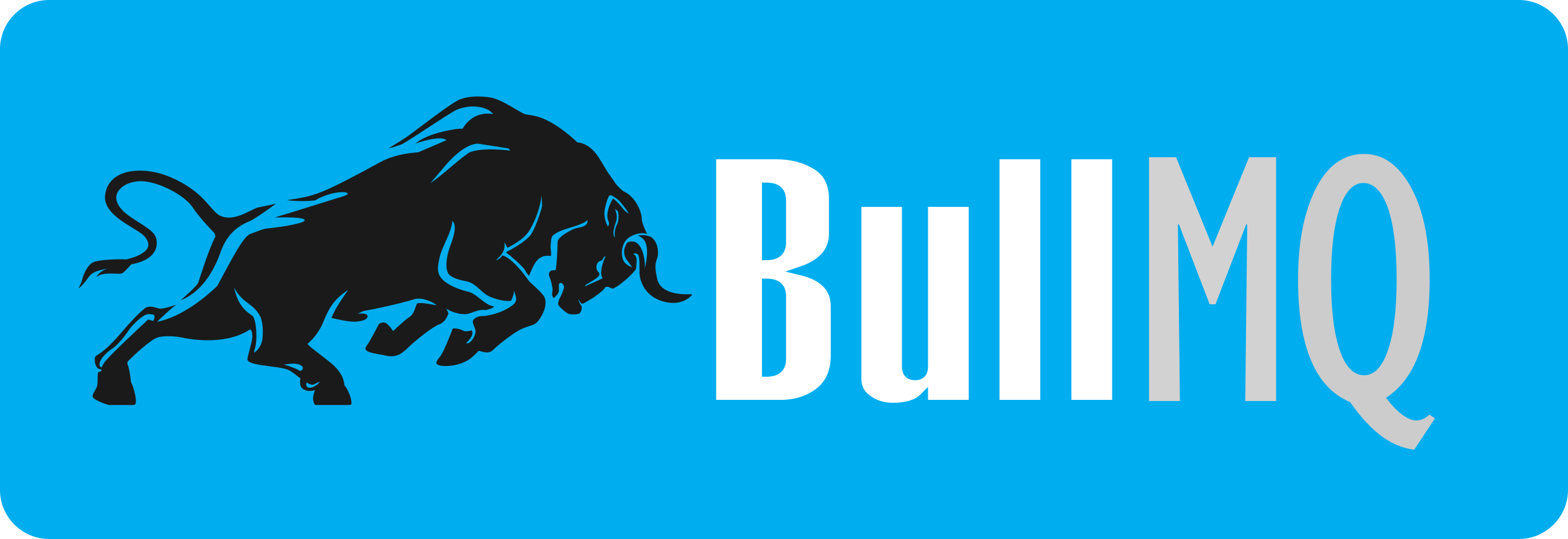Backend Support
- bullmq:
BullMQ is the successor to Bull, offering improved performance and modularity while still using Redis. It is designed for modern applications that require scalability and advanced job processing features.
- bull:
Bull is also Redis-based and offers robust features for job management. It supports job prioritization, delayed jobs, and concurrency, making it suitable for complex applications.
- agenda:
Agenda uses MongoDB as its backend, making it a good choice for applications already utilizing MongoDB. It leverages MongoDB's capabilities for job persistence and scheduling.
- kue:
Kue utilizes Redis for job storage and processing, providing a simple API and built-in UI for monitoring jobs. It is suitable for applications that require quick setup and visual job management.
- bee-queue:
Bee-Queue is built on Redis, providing fast and efficient job processing with minimal overhead. It is designed for performance and simplicity, making it ideal for high-throughput applications.
- node-resque:
Node-Resque supports multiple backends, including Redis and MongoDB, allowing for greater flexibility in job processing and storage options.
Job Management Features
- bullmq:
BullMQ enhances job management with a more modular approach, allowing for better organization of job processing logic. It includes features like job events, retries, and advanced scheduling options.
- bull:
Bull offers extensive job management features, including job prioritization, delayed jobs, retries, and event listeners. It is designed for applications that require detailed control over job processing.
- agenda:
Agenda provides a simple API for scheduling jobs with options for recurring jobs and job prioritization. It allows for easy management of job states and supports job retries.
- kue:
Kue provides job management features with a built-in UI for monitoring job states, retries, and failure handling. It is suitable for applications that benefit from visual job management.
- bee-queue:
Bee-Queue focuses on simplicity and performance, offering basic job management features like job retries and event handling, but lacks advanced features like job prioritization.
- node-resque:
Node-Resque offers flexible job management features, including retries and event handling, with support for multiple backends, making it adaptable to various application needs.
Performance and Scalability
- bullmq:
BullMQ offers improved performance over Bull, with better handling of large job volumes and a more modular architecture that enhances scalability.
- bull:
Bull is designed for high performance and can handle a large number of jobs efficiently. It scales well with Redis, making it suitable for demanding applications.
- agenda:
Agenda is lightweight and suitable for applications with moderate job scheduling needs. However, its performance may be limited by MongoDB's capabilities under heavy load.
- kue:
Kue is suitable for moderate workloads but may face performance issues under heavy loads compared to Bull or BullMQ. It is best for applications with simpler job processing needs.
- bee-queue:
Bee-Queue is optimized for low-latency job processing, making it ideal for high-throughput applications. Its simplicity allows for quick scaling without much overhead.
- node-resque:
Node-Resque can scale with multiple backends, but performance may vary based on the chosen backend. It is flexible but may require more configuration for optimal performance.
Ease of Use
- bullmq:
BullMQ is designed with modern JavaScript practices in mind, offering a clean and modular API. It is suitable for developers looking for a contemporary approach to job queues.
- bull:
Bull has a more complex API due to its extensive feature set, but it provides comprehensive documentation that aids in learning. It is suitable for developers who need advanced job processing capabilities.
- agenda:
Agenda has a straightforward API that is easy to use, especially for developers familiar with MongoDB. It is suitable for quick implementations and simple job scheduling.
- kue:
Kue provides a simple API and built-in UI, making it easy to monitor jobs. It is suitable for developers who prefer a visual representation of job processing.
- bee-queue:
Bee-Queue is designed for simplicity, making it easy to set up and use for basic job processing needs. Its minimalistic approach is ideal for developers looking for a quick solution.
- node-resque:
Node-Resque has a flexible API that may require more initial setup but offers great customization options. It is suitable for developers who need a tailored job processing solution.
Community and Support
- bullmq:
BullMQ is newer but backed by the same community as Bull, ensuring good support and documentation as it grows in popularity.
- bull:
Bull has a large and active community, with extensive documentation and resources available. It is widely used and well-supported, making it a reliable choice.
- agenda:
Agenda has a smaller community compared to some other job queue libraries, which may affect the availability of resources and support. However, it is still actively maintained.
- kue:
Kue has a decent community but is not as actively maintained as some of the other options. Developers may find fewer resources available for troubleshooting.
- bee-queue:
Bee-Queue has a growing community and is actively maintained, providing good support and documentation for developers.
- node-resque:
Node-Resque has a moderate community presence and offers good documentation, but it may not have as many resources as the more popular libraries.































